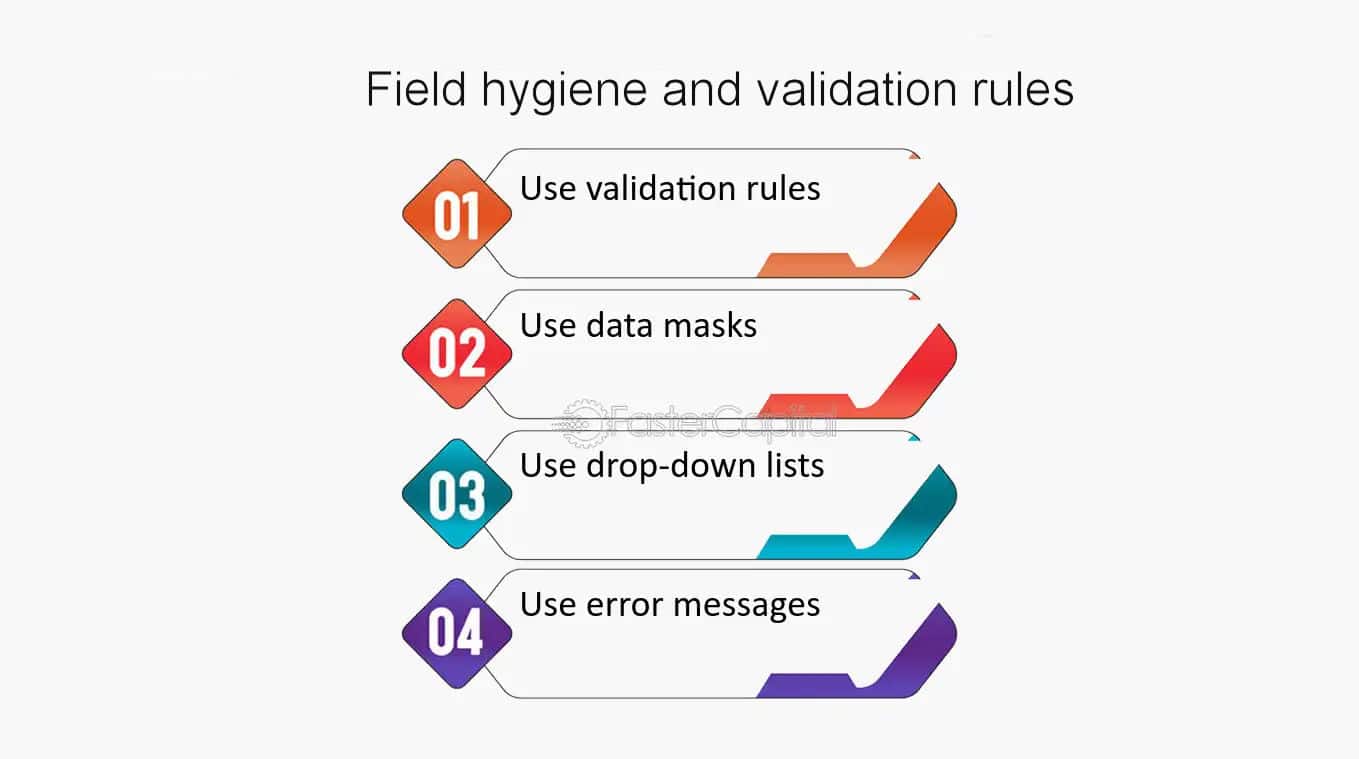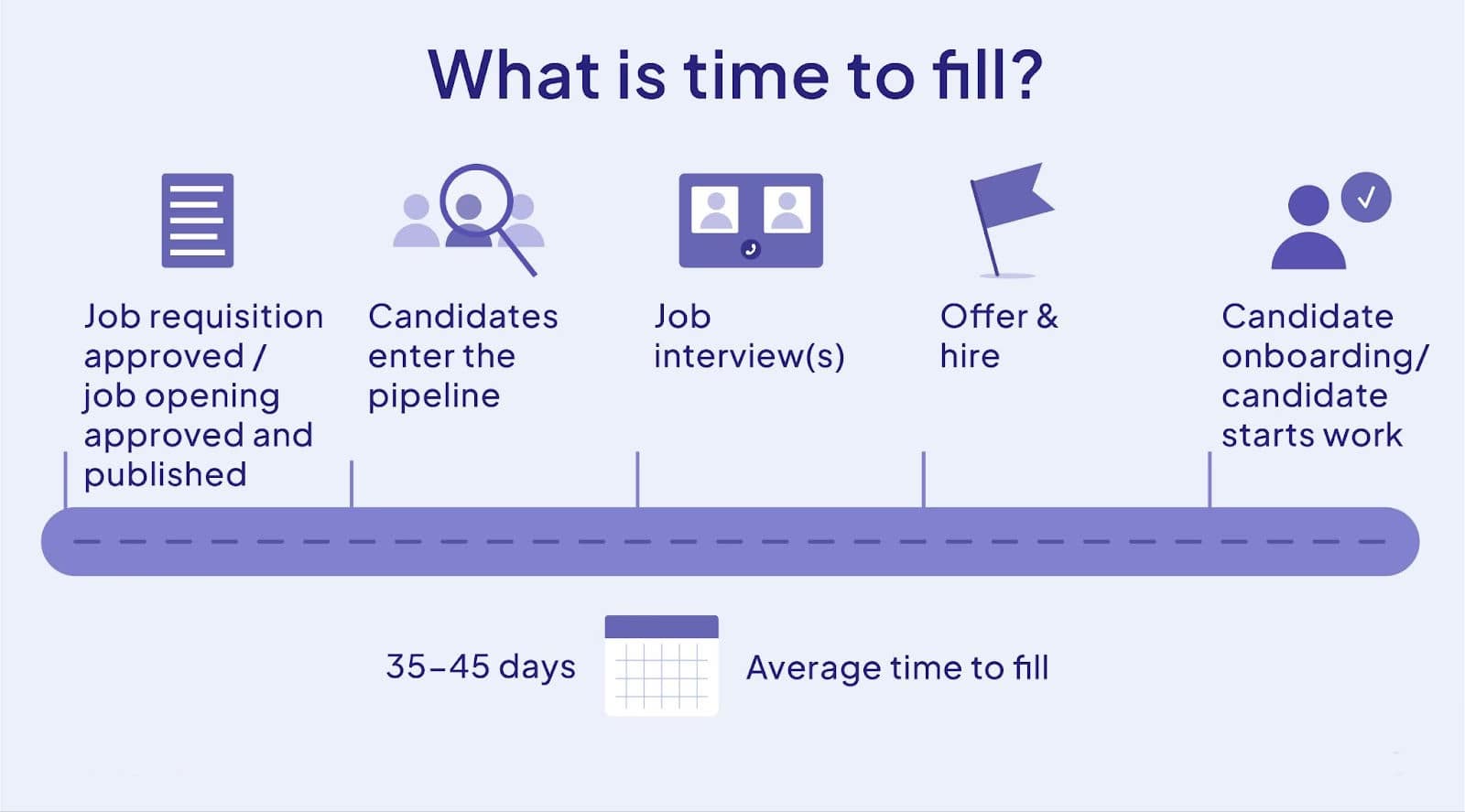The inability of your recruiters to locate candidates within your database indicates that your organization has a data quality problem rather than a sourcing challenge.
Staffing operations experience time-to-submit extension and decreased fill rates when data fields become disorganized and skills tags remain inconsistent.
This guide demonstrates how to enhance ATS data quality through cleaning and normalization processes which result in improved candidate matching and intelligent outreach and expedited recruiter performance.
Why data quality is a revenue issue, not an IT task
- Every delay creates an escalating situation. A missing pay range together with essential skills forces recruiters to repeat their process thus extending the intake period and resulting in fewer high-quality submissions.
- The presence of bad data disrupts the matching function. The inconsistency between title and skill information prevents Boolean and AI from finding suitable matches thus leaving valuable candidates inactive while recruiters perform external sourcing efforts.
- The absence of standardized disposition codes and outcome metrics makes reporting impossible to determine with any certainty.
A high-quality sistema ATS enhances time-to-submit metrics and raises submittal-to-interview ratios and redeployment rates which results in higher gross margin per desk performance.
Staffing organizations should establish precise criteria to define “good data” by focusing on four fundamental data elements and essential fields.
The following information should be included for candidates and jobs and requisitions and placements and assignments:
- Candidate fields include contact information along with location data work authorization status and availability times and employment type preference and primary skills in standard format and years of experience and expected payment range and consent status and last update date.
- A job/Requisition entry requires a standardized title and client name and location information including remote work options as well as permanent or contract or C2H contract details and required skills and pay rate range and interview steps and target start date.
- A placement/assignment consists of start and end dates combined with bill rate and pay rate and markup and time/expense system and OT eligibility and redeployment eligibility date.
- The system tracks activity and outcomes through a recording of submittal dates and interview stages and standardized disposition codes and reason codes along with feedback summary tags.
The definition should establish both a complete record standard that requires 80%+ of essential fields to be present and a rule to handle duplicate records that selects the most recently updated entries and merges their skills and consent information.
A complete record standard defines complete information for Candidates which must exceed 80% of required fields while duplicates should follow a golden record policy which selects the most recent updates while merging skills and consent data.
The implementation of standardized terminology for skills and titles enables faster matching. Standardization systems convert multiple ways of expressing identical terms into a single standardized terminology which can be searched efficiently.
- “Software Engineer” serves as a standard term for titles that include “SWE” “Software Dev” and “Engineer II”. The same standardization should apply to Sales positions and Finance roles and Healthcare professions and Light Industrial occupations.
- The skills “React,” “ReactJS,” “React.js” should be consolidated into “React.” The system should include proficiency levels ranging from Working to Proficient to Expert.
- External frameworks need to be layered with specialized terminology and regional terms that are specific to your industry.
The implementation of normalization techniques enhances Boolean search functionality as well as AI/semantic search performance while simultaneously increasing candidate visibility and reducing recruiter search duration.
Field hygiene and validation rules that stick Make it easier to do the right thing than the wrong thing. Add validation at the right moments:

candidate validations:
- The system requires email or phone along with city/state/country and availability date and primary skills (3–7 normalized tags) and employment type preference before allowing job submittals.
- The email format should be validated while phone numbers need to be in proper format and countries and states must use ISO standard picklists.
- The system needs to record consent status and last updated date whenever a user saves their information.
Job validations:
- The system requires must-have skills (3–7) along with pay or rate range information and remote eligibility and interview steps for job publication.
- The system must standardize titles and skills during save operations and must enforce controlled picklists for contract type and location.
Stage-change rules:
- When candidates move forward or get rejected the system must force them to use standardized disposition codes together with reason codes.
- The system must prevent offers from being moved forward unless pay and rate information and start date and background and compliance flags have been recorded.
Automation that improves data (not adds noise)
- The enrichment system uses guardrails to extract skills and experience from resumes, but it sends candidates to recruiter review instead of auto-approving them.
- Recruiters who attempt to submit candidates without availability information should receive automated prompts to update their records while job listings that lack pay information should receive prompts for either pay range input or a temporary “Confidential” label pending internal approval.
- The system should automatically log submittals and interviews and outcomes while applying standardized labels to establish a clean feedback database throughout the system.
Feedback loops and labels:
Matching is only as smart as the labels you feed it.
- All disposition and outcome codes should be standardized for Hired, Client Rejected – Skill Gap, Candidate Declined – Pay, Withdrew – Process Delay, Req Cancelled, Offer Declined – Location, etc.
- Feedback needs to be standardized through brief picklists which include verified skills and soft-skills indicators together with must-have gap indicators followed by a short free-text section for adding extra detail.
- The interview outcomes should be fed into the matching system to make future recommendations more likely to result in successful interviews.
Governance: roles, cadence, and dashboards
- A data steward must lead the responsibility for maintaining the field map and taxonomy updates and validation rules and QA reports.
- The process should run duplicate and incomplete record reports each week to identify top offenders and highlight quick wins.
- Review of the top 50 skills and titles happens once per month together with the addition of wild-seen synonyms and the retirement of ambiguous codes.
- The evaluation includes a quarterly review of disposition code usage as well as reporting accuracy to adjust training and rules appropriately.
Three levels of metrics should be tracked to prove ROI:

- The operational metrics include time-to-submit by client and desk and submittal-to-interview percentage as well as fill rate percentage and time-to-redeploy.
- The data quality metrics track candidate completeness percentage together with job completeness percentage and duplicate records and stale records older than 180 days and the percentage of interviews with standardized feedback.
- The business metrics consist of gross margin percentage along with client NPS ratings and recruiter capacity measurement through active request numbers and redeployment percentage.
Quick start: a 30-day cleanup and activation plan
- Week 1: Baseline and field map
- Examine key fields to check if they are complete and consistent.
- definitions of essential fields which must pass validation rules for candidate/job data and stage transition validation processes.
- Create an inventory of disposition and reason codes before standardizing all the codes.
- Week 2: Implement validations and dedupe rules
- enforce dependency rules and required field checks during both save operations and stage transitions.
- implement regex and picklists for normalization during the save operation.
- implement deduplication rules which combine email matching with name and phone number or name and city and phone number (with the last four digits) using a defined survivor policy.
- Week 3: Normalize top skills and titles; capture outcomes
- Your organization should develop an initial skills/title taxonomy for its 100 most important roles.
- Enable interview outcome labels and feedback picklists.
- Recruiters need training about standardized skills and codes while receiving quick reference sheets.
- Week 4: Launch dashboards and coach to impact
- The system should display KPI metrics that show time-to-submit and submittal-to-interview ratios along with completeness percentages and duplicate records and redeployment numbers.
- The top 10 power users receive training while receiving examples that show how normalization enhances candidate discovery.
- The organization should use public recognition of small achievements to motivate employees toward new behaviors.
Change management: make it stick
- The workflow should have embedded validation processes while providing fast search options for skills and titles.
- The data cleaning process will enhance placement speed as well as client satisfaction and recruiter earnings.
- Display evidence of success through the presentation of desks that decreased time-to-submit while raising their interview success rates.
What good looks like in 60 days
- The publishing of candidates requires candidate completeness to reach 80% while job completeness must reach 90%.
- The system experiences decreasing duplicate records during consecutive weeks.
- The submittal-to-interview percentage shows noticeable enhancement following basic normalization procedures.
- Recruiters express satisfaction with the search function and note that more placements originate from the internal database.
How this connects to your broader strategy
- The reliability and standardization of fields make talent analytics useful for taking specific actions.
- Hiring speed increases when organizations maintain clean intake records and use exact matching techniques.
- The recruitment process becomes simpler for new recruiters through validation rules and standardized taxonomy.
- The requirements for trustworthy AI matching and automation depend on clean labels combined with normalized skills for future-proofing.
Call to action
- Use ATS Data Quality Field & Validation Checklist to speed up your ATS configuration download.
- Acquire the Skills/Title Normalization Starter List to enhance search and matching functionality right now.
- We can perform a 30-minute Data Quality Tune-Up to create field mappings and implement simple validations and develop a specific 30-day strategy if you wish.


